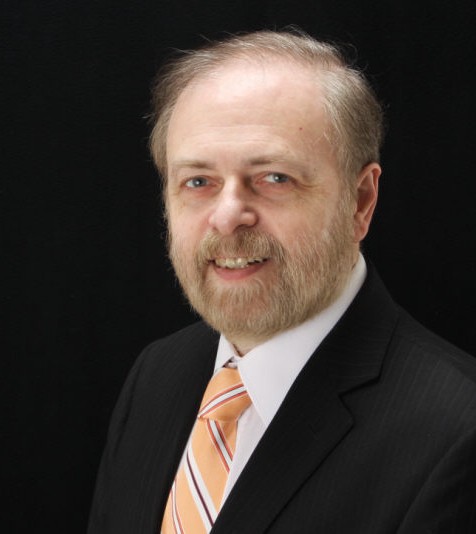By Lu Ann Franklin
Published by The Times of Northwest Indiana – September 13, 2013
At sundown on Friday, those of the Jewish faith began observing Yom Kippur, the holiest of the High Holy Days, with prayer, music and religious services.
Called the Day of Atonement, Yom Kippur ends the 10-day period of prayer, self-examination and repentance that began with Rosh Hashanah on Sept. 3, said Rabbi Mordecai Levin, of Congregation Beth Israel in Munster.
“The High Holy Days — as they are frequently called in English — are a time for self-examination, consideration of our ethical responsibilities, resolve to do better and an opportunity to restore relationships with other human beings and with God,” Levin said. “It is a time for the sometimes difficult process of asking for and granting forgiveness.”
Yom Kippur is “the time for the final stages of repentance,” said Rabbi Len Zukrow, of Temple Beth-El in Munster. “The gates will be closed and our fate is determined for the next year at the end of services on Saturday.”
Prior to Yom Kippur, Jews are required to ask for forgiveness from those they have wronged during the past year and to grant that forgiveness to those who have wronged them.
That is central to the High Holy Days, the Jewish community and the Jewish world, said Rabbi Stanley Halpern, of Temple Israel in Gary.
The lessons often emphasized during the days prior to Yom Kippur include treating family and friends well, being kind to others, healing the world and taking care of the environment, Halpern said.
“The Talmud says we don’t have to complete the work because we can’t. But we have to try,” Halpern said. “We are the ones who can change. And we need to work together. That’s why we pray in the plural ‘we.'”
All synagogues in Northwest Indiana and south suburban Illinois plan services to observe the Day of Atonement.
 is the rabbi of Congregation Beth Israel in Munster, IN. He received his rabbinic ordination from the Latin American Rabbinical Seminary, and is a member of the Rabbinical Assembly. In 2010, he was awarded an Honorary Doctorate of Divinity from the Jewish Theological Seminary in New York City for his years of dedicated service to the Conservative movement and the Jewish community...
is the rabbi of Congregation Beth Israel in Munster, IN. He received his rabbinic ordination from the Latin American Rabbinical Seminary, and is a member of the Rabbinical Assembly. In 2010, he was awarded an Honorary Doctorate of Divinity from the Jewish Theological Seminary in New York City for his years of dedicated service to the Conservative movement and the Jewish community...